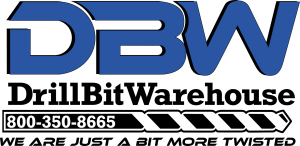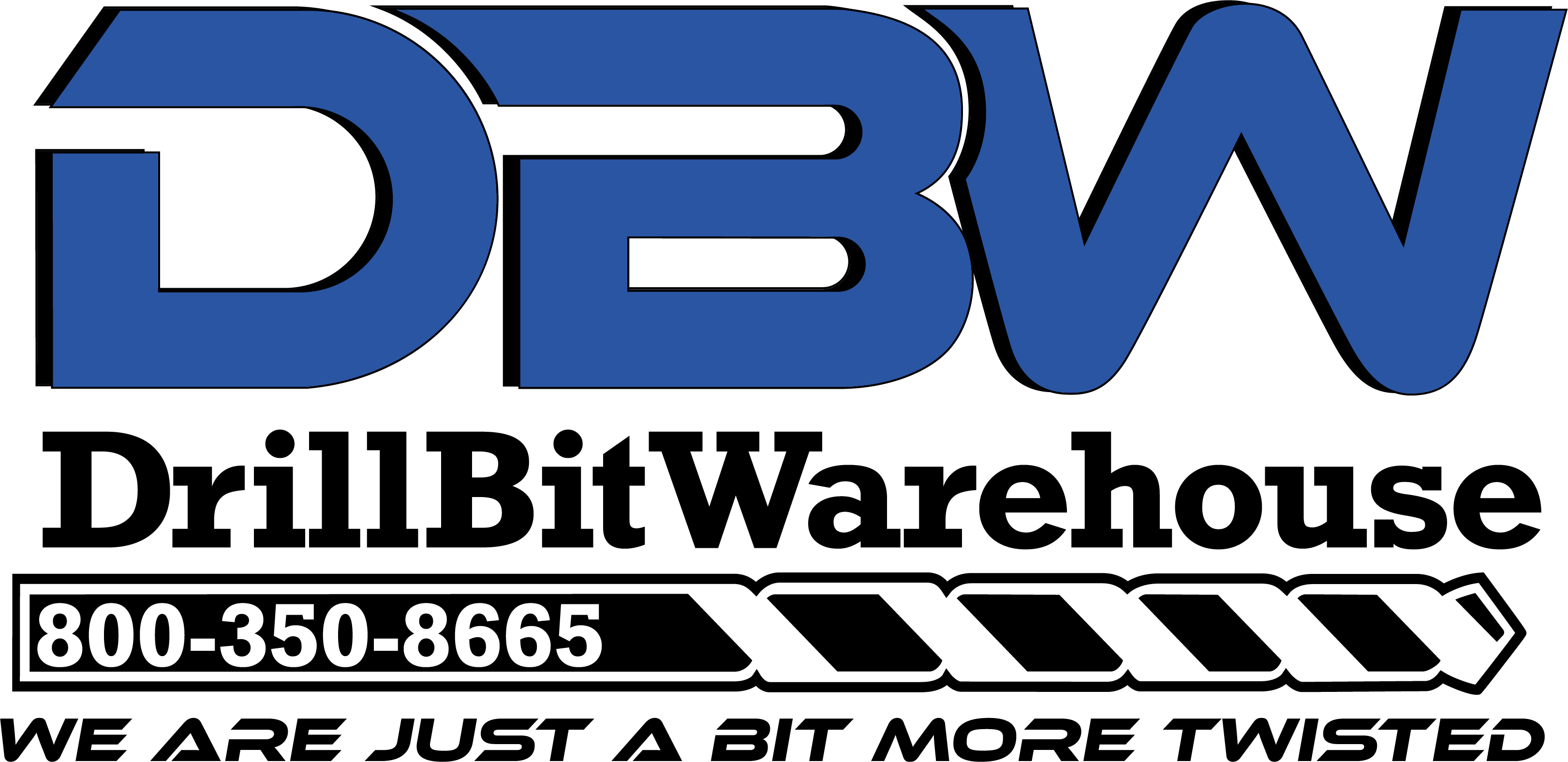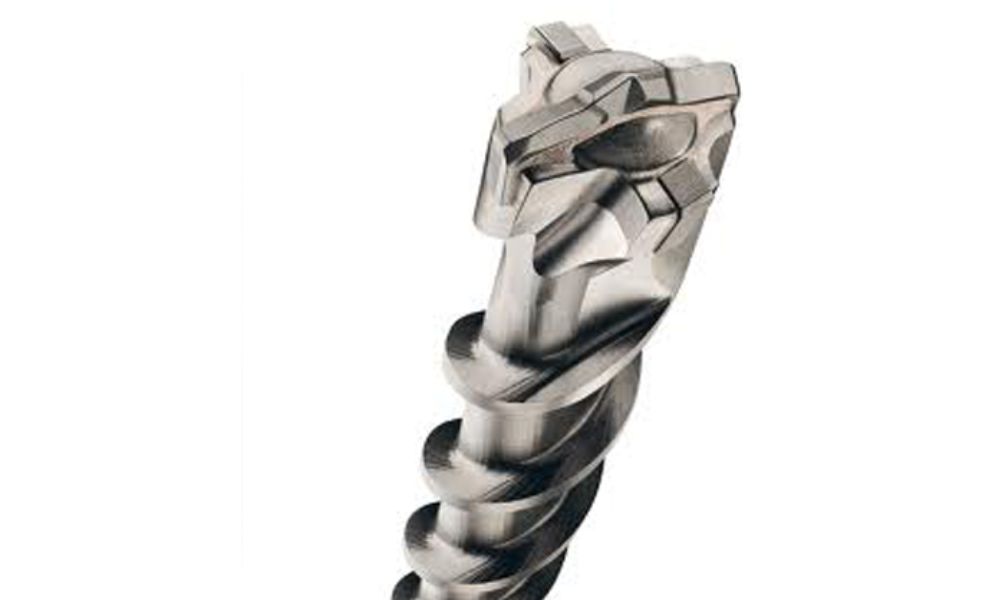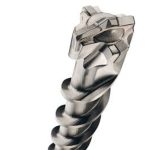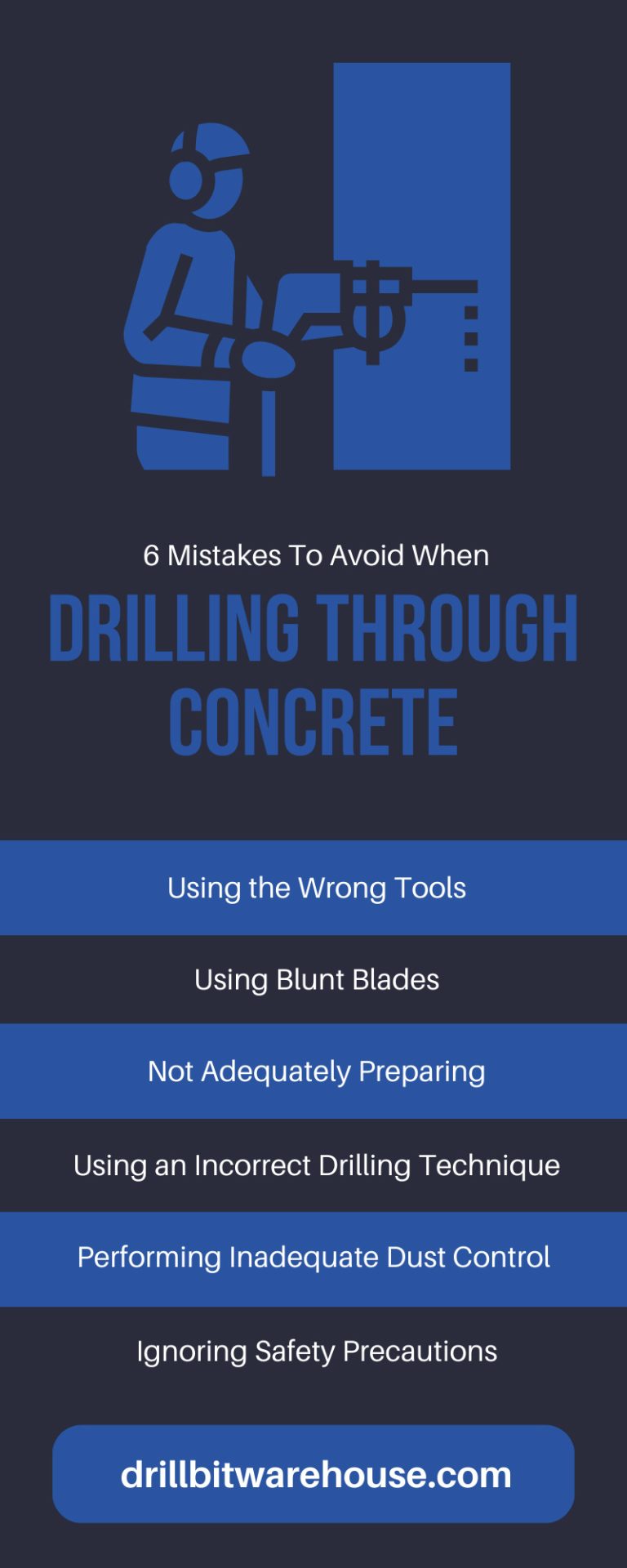Concrete is a dense, hard material that’s difficult to drill through without the right tools and techniques. Also, concrete often contains reinforcement materials, such as rebar or wire mesh, that can pose additional obstacles.
Yet drilling concrete is an important step for installing anchors and fasteners, making repairs, and creating access for wiring and plumbing. Learn six mistakes to avoid when drilling through concrete to work efficiently, create straight and clean holes, and protect your health.
1. Using the Wrong Tools
Using improper tools for concrete drilling can damage your equipment, make work less efficient, and yield poor results. Masonry core bits and drill bits can cut dense concrete and resist wear.
Masonry drill bits for hammer drills are made from tungsten carbide. Tungsten carbide rates an 8 out of 10 on the Mohs hardness scale, making it one of the hardest materials on Earth and explaining how these drill bits can withstand the abrasion of drilling concrete.
Tungsten carbide also possesses excellent heat resistance. Concrete drilling generates significant heat, but the tungsten carbide prevents the drill bit from overheating, improving the bit’s lifespan.
One of the complications of drilling reinforced concrete is running into that steel reinforcement. Tungsten carbide has excellent impact resistance, enabling these masonry bits to continue drilling through rebar and eliminating the need to switch to a second cutting tool.
2. Using Blunt Blades
Another mistake to avoid when drilling through concrete is using blunt blades. Worn-out cutting tools can strain the drill motor excessively, slow progress, and produce low-quality holes.
Inspect your tools before starting any concrete drilling project. Drill bits should be sharp and in good condition—if you notice dullness, replace your tool. The sharp drill bit will make your work easier, protect your tool, and help you drill continuously at 90 degrees to the workpiece.
Tip: Use a Penetrator Drill Bit for Optimal Performance
Penetrator drill bits for concrete and rebar can cut concrete and rebar thanks to their tungsten carbide composition and the cross configuration at the bit’s head. This geometry also reduces arm-hand vibration.
3. Not Adequately Preparing
You may want to jump immediately into your concrete drilling project, but adequate preparation can save time and improve drilling accuracy. Neglecting to prepare can cause preventable damage or injuries.
Before drilling, inspect the site for hidden obstacles, such as pipes, wires, or rebar. Use a stud finder, pipe locator, or another tool to locate these obstacles so you can avoid drilling into them. Mark the drilling spots with a pencil or masking tape to ensure accuracy and prevent errors.
At this stage, you should also consider your intended drill depth. If your drill has a stop bar, use it to create accurate holes of uniform depth. If your drill doesn’t have a stop bar, you can mark the depth on your drill with masking tape.
4. Using an Incorrect Drilling Technique
Using an incorrect drilling technique can cause subpar holes or damage your tools. When drilling through concrete, use a slow and steady drilling motion. Applying excessive pressure or forcing the drill can lead to overheating or drill bit breakage.
Tips for Drilling With a Hammer Drill
Make a guide hole at least one-eighth of an inch deep for more control. Start the drill at the lowest speed; if your tool has only one speed setting, drill in short spurts. You can gradually increase the speed as long as you maintain control.
Air pockets and pebbles in the concrete make the drill path unpredictable. Grip your tool firmly with both hands to help maintain control and avoid the drill bit going off-course.
Tips for Cutting With a Core Bit
Core bits are another common concrete-cutting tool. The tool’s hollow center extracts the concrete in a smooth, large cylinder.
Use a guide or pilot bit to start the hole. Then, withdraw the guide drill bit and continue with the core bit. Maintain a firm hold on the tool to prevent the core bit from biting into the material and rotating the tool rather than drilling in.
As with a hammer drill, drive the core bit slowly into the concrete. Generally, the larger the hole and the denser the material, the slower you should drill. Hold the drill and core bit perpendicular to the concrete to avoid creating a sloped hole.
If drilling completely through to the other side, slow down when you are within an inch of the opposite end. Then, decrease the pressure and speed to avoid tearing through the concrete.
5. Performing Inadequate Dust Control
Drilling through concrete produces a significant amount of dust, which is hazardous to your health and can harm the environment. Concrete dust contains silica, and this material can lead to respiratory issues when inhaled. When silica embeds into the lungs, it causes inflammation and scarring, reducing the lungs’ ability to take in oxygen.
Protect yourself and maintain a clean work environment with proper dust control measures. Wear a dust mask to prevent inhalation of dust particles and use a dust collection system or vacuum to capture dust quickly.
Your drilling tools can also improve dust control. The high-helix flutes on penetrator drill bits increase the tool’s feed rate, improve dust evacuation, and help keep the hole clean.
If you’re drilling with a core bit, wet core drilling improves dust control by trapping the concrete dust in the water. The water also helps control the temperature. However, if you may potentially contact live electrical wires, you should use dry core drilling to be safe.
6. Ignoring Safety Precautions
Finally, ignoring safety precautions is a mistake that can lead to serious injuries. Prioritize safety on the job for yourself and others.
Always wear appropriate personal protective equipment (PPE), including safety goggles, a dust mask, and ear protection. Ensure the work area is well-ventilated to minimize dust accumulation.
Follow your equipment manufacturer’s guidelines for using and maintaining your equipment, and know how to operate your tools’ safety features. Understanding your tools can help you avoid abrasive injuries and muscle strain.
The wrong tools, blunt blades, inadequate preparation, improper drilling techniques, poor dust control, and insufficient safety precautions are common errors that can create big problems when drilling concrete. Avoid these problems for efficient, safe, and effective drilling.
Drill Bit Warehouse has the essential professional tools you require. Our concrete and rebar drill bits are premium masonry drill bits that offer exceptional performance. Shop with us today for an array of superior professional drill bits.

